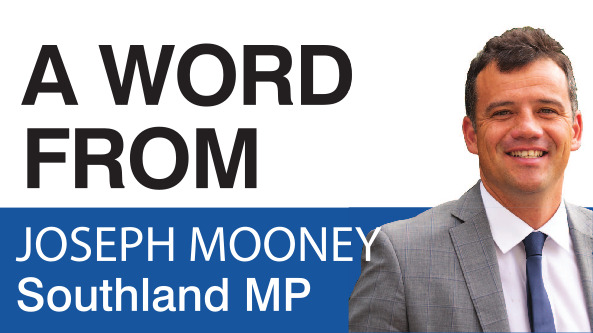
I have been ensuring emerging concerns in our region are being relayed to Wellington.
One of the big issues this government has been tackling is the rapid conversion of productive farmland into carbon forestry. There’s a place for both agriculture and forestry in our economy, but it must be balanced. We can’t afford to lose some of our most versatile, high-quality soils to blanket carbon forestry.
The last government’s settings under the Emissions Trading Scheme (ETS) encouraged large-scale planting that risked undermining food production, rural communities, and the flexibility of land use. That’s why we’ve taken action.
Our Climate Change Response (ETS — Forestry Conversion) Amendment Bill is a crucial step forward in banning blanket carbon forestry farm conversions.
On December 4 last year, new restrictions came into force to stop buyers from gaming the system before the law changed.
There will inevitably be some transitional challenges as the new rules come into effect, exemptions from the restrictions will be assessed on a case-by-case basis. The agriculture minister has indicated that merely ordering trees is not sufficient evidence of a prior decision to plant. The "intent to plant" rules have been tightened to prevent speculative buyers from rushing into the ETS ahead of legislation coming into force next month.
But it’s not just about land — we’re investing in people too.
A major win for Southland and Otago families is the expansion of learning support co-ordinators. Within three years, every year 1-8 student in our region will have access to learning support — doubling the number of students getting help. That’s real, practical support for our kids and schools.
Last week, I had the privilege of visiting Southland REAP, a standout organisation delivering education across the largest geographic area in New Zealand. From early childhood to adult learning, they’re filling vital gaps in rural education and community development. No other country has a system quite like REAP, and it’s making a real difference.
It’s a reminder that while we may be far from Wellington, the heart of New Zealand’s future beats strong in Southland.










